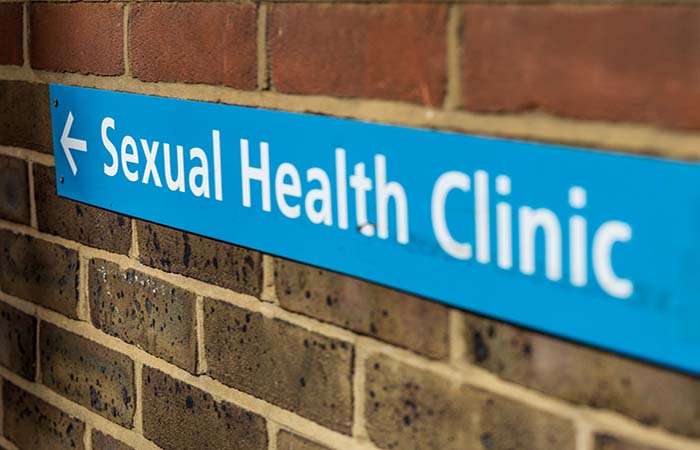HIV diagnoses fall in 2024 but progress among young people falters
In Clinical news
Follow this topic
Bookmark
Record learning outcomes
The latest HIV surveillance data for 2024 from the UK Health Security Agency shows “encouraging progress” in ending HIV transmission, with new diagnoses falling by 4 per cent across the UK from 3,169 in 2023 to 3,043 in 2024.
England continues to meet the UNAIDS targets for the sixth consecutive year, with 95 per cent of all adults living with HIV diagnosed, 99 per cent of adults diagnosed receiving treatment, and 98 per cent of adults on treatment having suppressed viral loads.
Since HIV prevention medication (PrEP) was commissioned by the NHS in autumn 2020, the number of people accessing this prevention tool has increased annually. In 2024, a 7.7 per cent increase in people accessing PrEP was observed, with 111,123 people now receiving it.
Overall HIV testing in sexual health services increased by 3 per cent and contact tracing – where the sexual partners of people newly diagnosed with HIV are contacted and encouraged to have an HIV test - remained highly effective, with 85 per cent of contacts tested and 5 per cent of the latter being diagnosed with HIV as a result.
Deaths among people living with HIV also decreased by 14 per cent from 751 to 643 between 2023 and 2024.
However, HIV testing rates fell by 7 per cent among young people aged 15 to 24. This group also had the lowest treatment rates at 96 per cent compared to 99 per cent for all other age groups, and only 91 per cent having viral suppression (meaning they cannot pass HIV on through sex) compared to the overall population average of 98 per cent.
The Department of Health and Social Care, with UKHSA, NHS England and partners, are developing the next HIV Action Plan which will be published this year.

